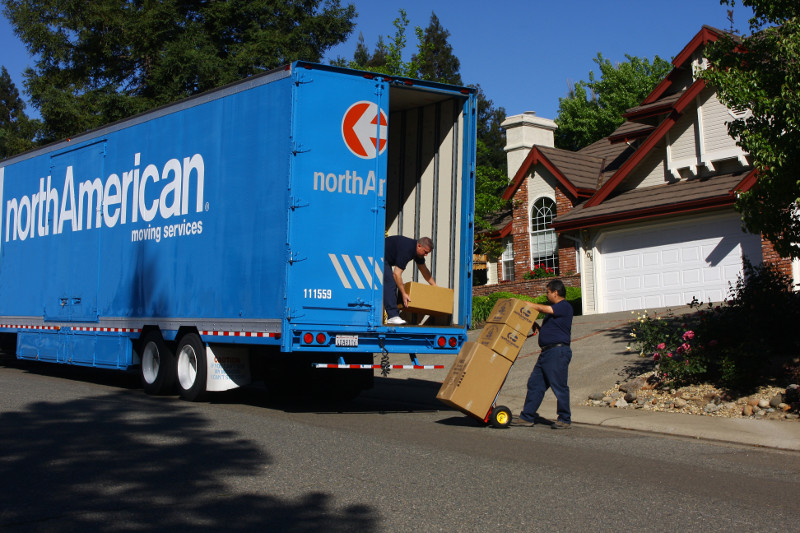
As a couple, the day that you move in together is a mix of emotions. While it can certainly be a joyous occasion, it can also be a stressful proposition.
Trying to take two separate lives and blend them together into one cohesive unit is a difficult task. So, the move itself needs to be as smooth as possible.
Here are tips to make moving both of your belongings easier and stress-free:
1.Decide on your new home — The first thing you need to do is decide where you’re going to live. It may seem easier for one of you to keep their home and have the other one move in. But this may not be the best solution.
Many people who have lived alone become used to having things a “certain way” in that home. By choosing a new house together, you can set the traditions and routines that will make it a home for both of you instead of feeling like one person is a guest in the other’s house.
2. Make the moving day as easy as possible — Anyone who has ever moved will tell you that it can be stressful. Tempers often run short, and arguments can happen even amongst the most even-tempered individuals. So that’s why it is a good idea to hire professional movers to take the burden off you.
You don’t want to start off moving into your new home together with arguments and fussing over furniture. This will also give you the chance to focus on having the movers put everything exactly where you want it so you can start the next phase of your relationship.
3. Make a list of shared items — If you’ve been living alone for a while, chances are you both have a lot of duplicate items you use every day. However, it may not be necessary to keep two of each item in your new home.
Dishes, cookware, and even electronics such as televisions are all items that you might need to get rid of if you have more than one. The best thing to do is to list all these items out and decide which of the two has the better items. Then, you can donate or sell any of the extra items that you don’t need.
4. Get a storage unit — If there are items that you don’t have immediate space for, then a storage center is the perfect solution. Place these nonessential items in a climate-controlled storage unit. Move these items in gradually (or decide for sure that you don’t need them and donate them).
Make Moving in Together Fun. Take Some of the Stress Off.
Combining two households into one should be a wonderful experience—and it can be! But to achieve this, you need to have serious conversations about expectations and what you both want in your new home together. Once you’ve settled on a place, then it’s time to organize your belongings and let the professionals move you into your new together home.
Easily Move Without Worry or Stress. Hire Experienced Movers That Care.
Crescent Moving & Storage has been in business for over 40 years providing reliable, timely, and safe moving services for businesses and homeowners in the Vancouver area. Find out why so many trust Crescent Moving to care for their most valuable assets. Contact us for a FREE, no-obligation moving quote.





 Here’s what you should ask potential moving companies before you decide to use their services:
Here’s what you should ask potential moving companies before you decide to use their services:
 Before your next big move, take a look at these additional moving services that could make your life easier:
Before your next big move, take a look at these additional moving services that could make your life easier:
